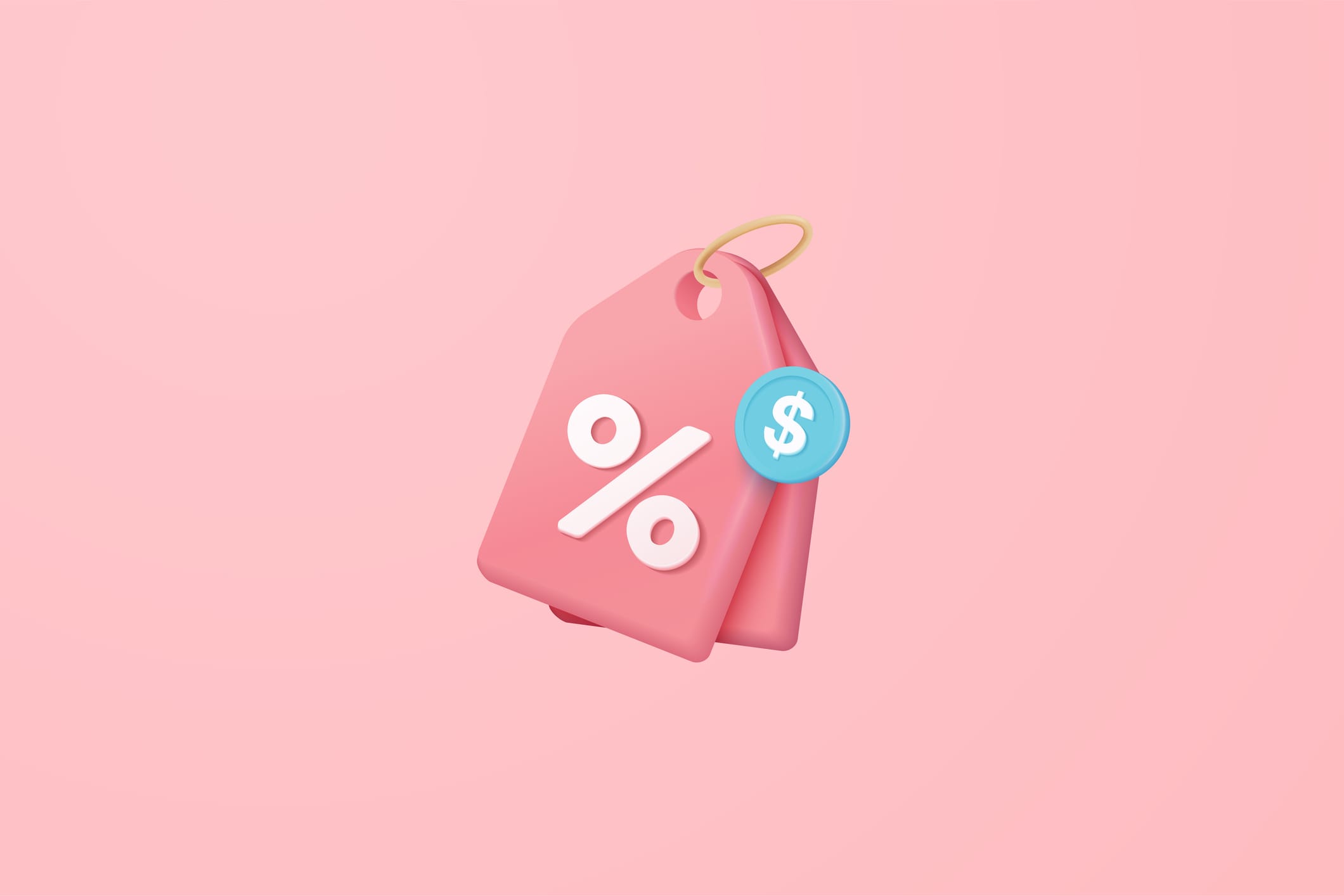Free SaaS marketing strategies & campaign ideas in your inbox every Thursday
Receive actionable SaaS marketing ideas to implement in your business
Insights, Marketing

Your pricing model isn’t just a number—it’s a strategy. How you price your SaaS product could make all the difference in attracting the right customers and boosting your revenue. So why settle for “good enough” when there’s room to experiment and grow?
There are also many different ways you can set your pricing. Let’s break it down with examples from some of the biggest names in SaaS.
Slack keeps its entry-level tier free but limited. It’s perfect for small teams to get hooked, with features like 90-day message history and integrations locked behind a paywall. That’s how Slack turns casual users into paying users.
Basecamp goes all-in on simplicity: one price, $299/month, for unlimited users and all features. No tiers, no confusion. It’s a dream for overwhelmed decision-makers.
Zoom charges based on the number of users, making it affordable for small teams while staying scalable for larger organisations. It’s a model that grows as your customers do.
HubSpot divides its pricing into Starter, Professional, and Enterprise tiers. Each level adds more tools and features, meaning they’re equally useful to a solo founder and a Fortune 500 giant.
AWS doesn’t mess around—customers only pay for what they use. This makes it perfect for businesses with unpredictable needs, like startups testing the waters or enterprises scaling quickly.
Adobe Creative Cloud makes price anchoring work like magic. They position their most expensive plan as the ultimate bundle (all apps for $59.99/month). For comparison, a single app costs around $20/month. That makes the full bundle look like a bargain, even if most users don’t need every app. The result? More upsells to the pricier plan.
Picking the right pricing could have a dramatic impact on revenue. So don’t just stick with your current pricing model because it’s always been that way. If you’re struggling with sales, try something different.
Receive actionable SaaS marketing ideas to implement in your business
Email: info@rocket-saas.io






By Ryan James

